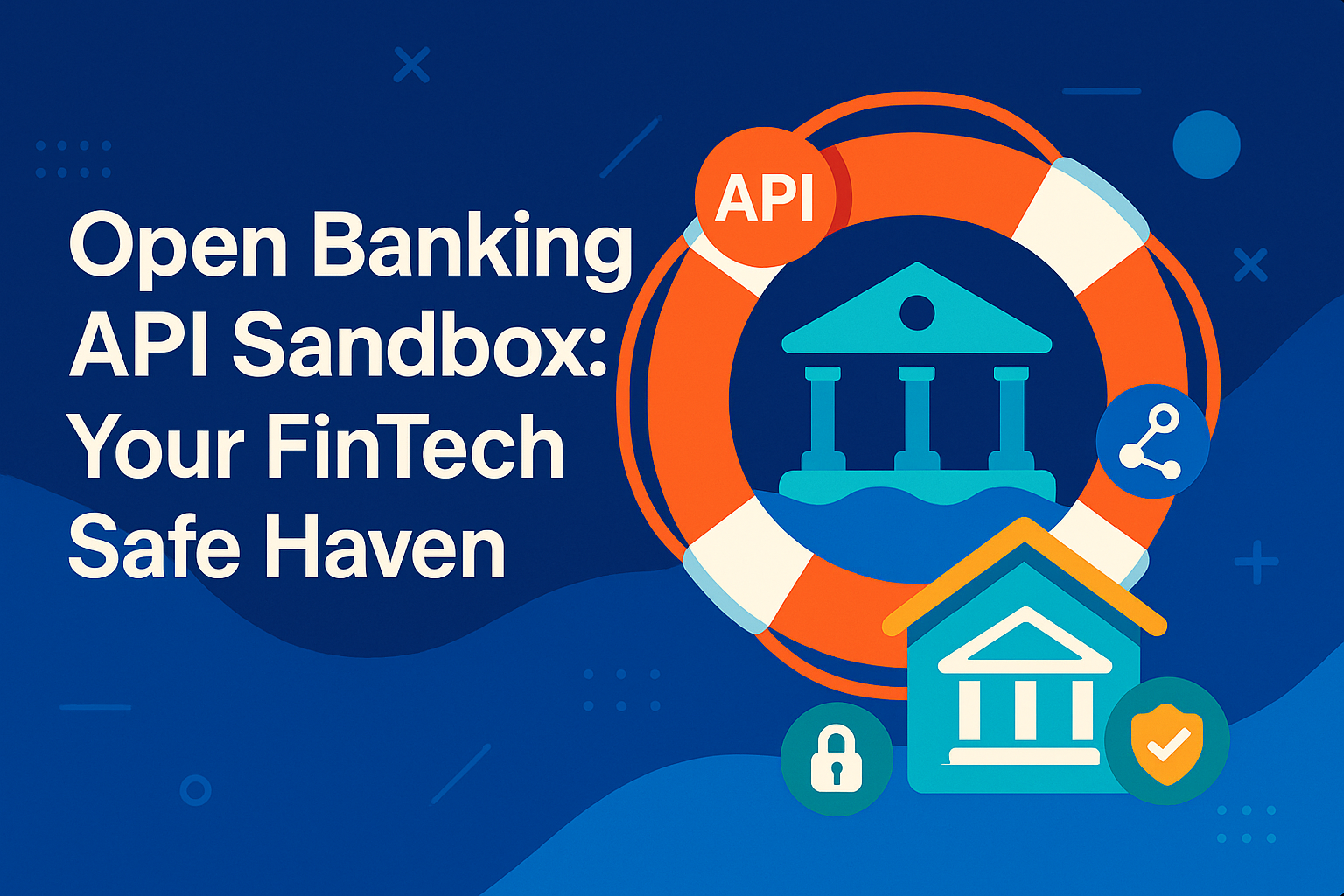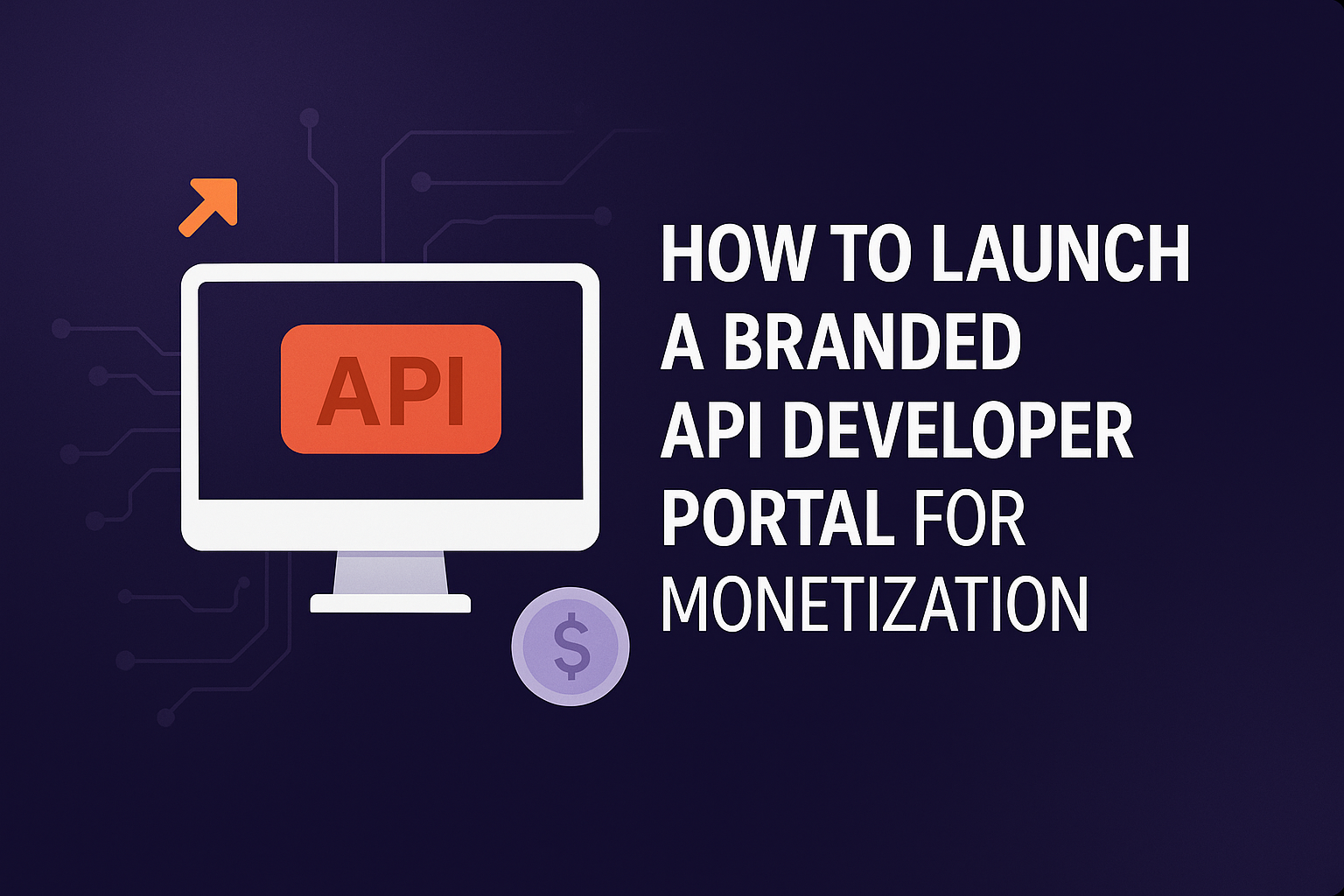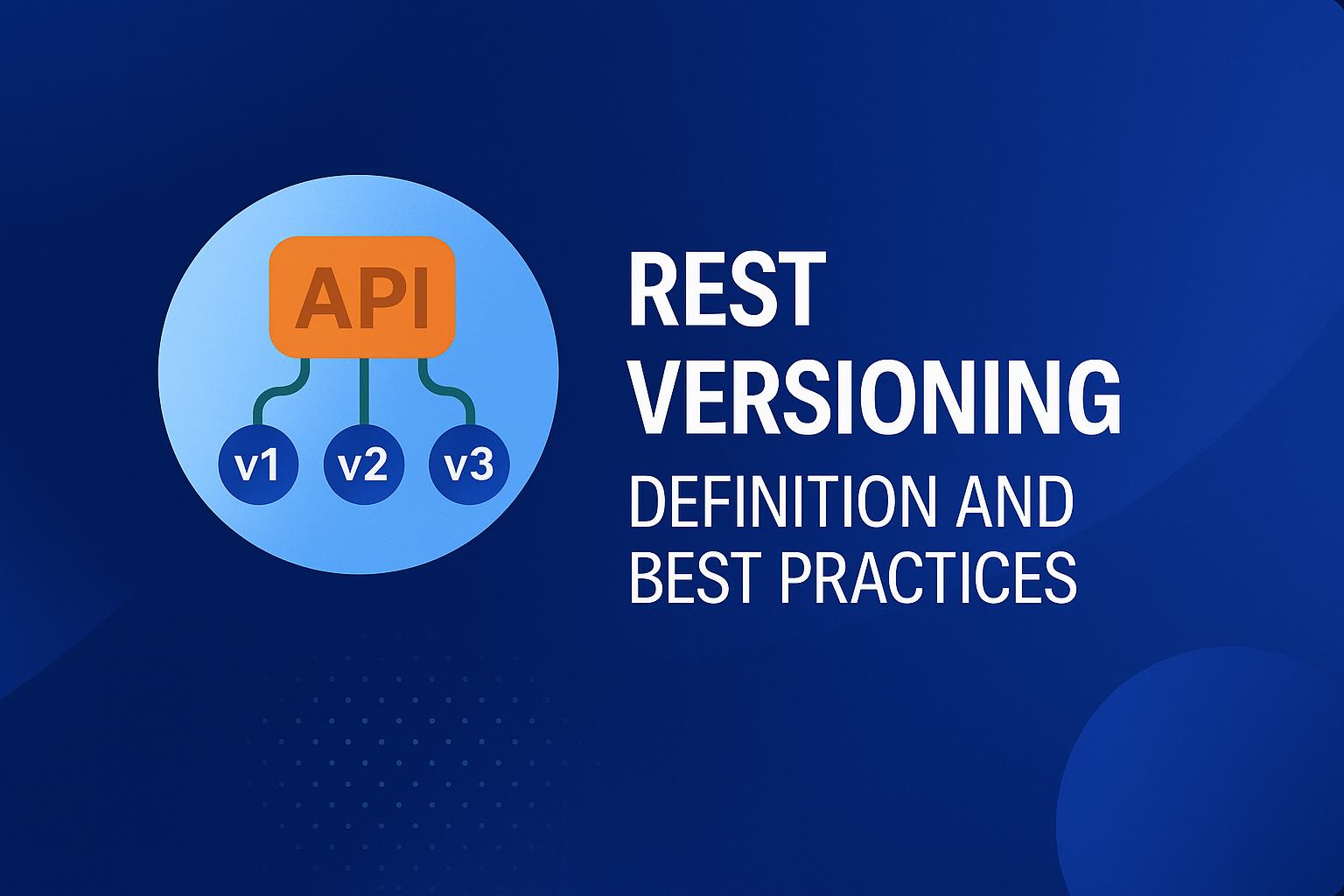
Picture this: You're a fintech developer who just built the next game-changing payment app feature. Your code is clean, and you're ready to revolutionize how people handle money. But here's the catch, how do you test it without accidentally moving real money around or breaching compliance regulations that could sink your company?
Welcome to every developer's banking nightmare. One wrong API call in production and suddenly you're explaining to regulators why Mrs. Johnson's mortgage payment ended up elsewhere. Not exactly the disruption you were aiming for.
This is where open banking API sandboxes become your development superhero. Think of them as personal banking simulations, complete with all the regulatory complexity of real banking systems, but without the heart-stopping risk of touching actual customer data.
Whether you're a scrappy fintech startup, seasoned developer, or bank opening up APIs, sandboxes are where innovation meets regulation safely. Let’s learn more about these sandboxes in this blog.
What is an open banking API sandbox?
An open banking API sandbox is a simulated banking environment that replicates real-world banking systems and APIs for testing purposes, without using actual money or live customer data.
Think of it as your personal banking playground, but way more sophisticated than it sounds. These aren't just basic mock-ups. These are replicas of banking APIs that behave exactly like the real thing. You get authentic response formats, realistic transaction flows, proper error handling, and all the regulatory compliance features you'd expect from actual banking systems.
The only difference? The data is fake and you can break things without actually causing anyone harm. You can simulate everything from simple account balance checks to complex multi-party payment scenarios, all while staying on the right side of data protection laws.
Why use an open banking API sandbox?
Better risk management
Sandboxes flip the script on risk management. Instead of innovation versus compliance, you get both. Organizations experiment with cutting-edge financial products while staying regulatory-compliant and protecting customer data. Risk management transforms from innovation roadblock to enabler. It's controlled chaos, the good kind that lets you break things safely before they matter.
Stay compliant and follow regulations
Your legal team finally sleeps soundly. Sandboxes are testing environments that do not break compliance. Every API integration gets vetted in regulatory-compliant simulations before touching real data. Organisations using sandbox environments experience fewer compliance headaches during actual deployments.
Time-to-market advantage
Sandboxes eliminate bottlenecks slowing development from months to days. This acceleration creates compounding competitive advantages, capturing market opportunities before competitors respond.
Data-driven decision making
Organizations gain unprecedented API performance visibility before real-world deployment. Performance analytics reveal bottlenecks. Developer integration metrics expose pain points. System load insights predict scalability challenges.
Forward-thinking banks optimize API design based on developer behavior patterns. They identify integration bottlenecks early. Capacity requirements get planned accurately. Simulated scenarios enable data-driven technical decisions rather than hunches about system performance.

Core components of open banking API sandbox
Simulated banking environments
Open banking sandboxes create digital twins of real banking systems. This means you get complete with fake accounts, transaction histories, user personas, and financial products that behave like the real deal. This lets you test complex banking operations without compliance nightmares or risking actual funds.
You can simulate everything from simple payments and transfers to intricate currency conversions and loan repayments. Even fraudulent transaction scenarios get tested here, helping you stress-test security mechanisms before they matter. This hands-on realism proves crucial for fintech companies delivering flawless user experiences while staying regulatory-compliant.
Secure API endpoints
Every sandbox provides secure, isolated endpoints designed for safe experimentation. You can run integration tests, execute payment flows, and trigger authentication requests without touching real customer data or production systems.
Security forms the backbone here. Each API endpoint gets isolated and fortified with authentication, authorization, and encryption mechanisms. Every interaction stays controlled and secure, protecting sensitive information while meeting industry-standard security protocols.
OAuth2 protocols and multi-factor authentication help developers build secure applications from day one instead of patching vulnerabilities post-launch.
Developer-friendly interfaces
Intuitive dashboards dominate the landscape, backed by detailed API documentation and interactive tools that make exploration effortless for developers and testers. Code samples accelerate learning while SDKs streamline integration processes, and built-in consoles enable rapid prototyping.
Learning-by-doing mean that you don't have to go through endless PDFs every time. Live API explorers provide real-time feedback, comprehensive error messages, speed troubleshooting, and multi-language support caters to diverse developer needs across different tech stacks.
Regulatory-compliant features
Built-in modules handle the compliance heavy lifting through simulated regulatory checks covering consent, data privacy, transaction auditing, and secure communications. These components help you design and test workflows that meet compliance standards before going live.
PSD2 compliance gets simulated alongside GDPR requirements and other relevant financial standards. These help organizations validate that their services are operating within the legal boundaries, and also embedding compliance early in the development cycle to prevents costly issues post-launch.
On top of this, continuous regulatory updates keep organizations ahead of compliance risks, reducing audit delays and minimizing regulatory fines.
Flexible testing tools
Sandboxes pack serious testing capabilities, from unit tests and functional tests to stress tests that push systems beyond breaking points. You can configure custom scenarios, manage edge cases, and run automated regression suites to ensure everything performs under pressure.
Integration tools integrate seamlessly, automating testing within build pipelines to catch defects early and boost deployment confidence. Stress tests simulate peak loads, ensuring stability during real-world traffic spikes when your system matters most.
Types of open banking API sandboxes
Regulatory sandboxes
These are the heavy hitters of the sandbox world, typically operated by financial regulators or central banks. Think of them as official testing grounds where regulators actually encourage experimentation within controlled boundaries.
The UK's Financial Conduct Authority pioneered this approach, creating spaces where companies can test products without immediately triggering full regulatory compliance requirements.
What makes regulatory sandboxes special? They come with direct regulatory oversight and often provide temporary relief from certain compliance requirements. Companies get to test their products with real customers under relaxed regulatory conditions, but with strict monitoring and limited scope.
Bank-sponsored sandboxes
Major banks create these environments to attract third-party developers and foster innovation within their ecosystems. JPMorgan Chase, Wells Fargo, and BBVA have all launched comprehensive sandbox programs that give developers access to their APIs in controlled environments.
These sandboxes usually offer the most realistic banking data and workflows since they're built directly on bank infrastructure. You get authentic transaction flows, real-world error handling, and access to the same APIs that power the bank's production systems.
The downside? They're often limited to that specific bank's ecosystem, which can create integration challenges if you're building multi-bank solutions.
Third-party platform sandboxes
There are third-party platforms like DigitalAPI Sandbox that excel at providing standardized APIs across different banks, making multi-bank integrations much more manageable. The real advantage here is ecosystem breadth.
Instead of managing separate sandbox accounts with dozens of different banks, you get one unified testing environment that simulates connections to multiple financial institutions. It's perfect for FinTechs building comprehensive personal finance management tools or payment aggregation services.
Internal development sandboxes
Companies can also create private sandboxes for their internal development teams, partners, and maybe even clients. These environments primarily focus on customization and control over broad accessibility, allowing companies to tailor testing scenarios to their specific business needs.
Internal sandboxes are best at supporting complex, company-specific workflows that might not be relevant to the broader developer communities. They're particularly common among large enterprises building custom financial solutions or banks developing new digital products for specific market segments.

Key benefits of using an open banking API
Democratise access to financial infrastructure
Open banking APIs totally take over the old way of doing things. Those days when only the banking giants had access to the “good stuff.” Now? Startups, SaaS visionaries, even niche providers can tap into serious, bank-grade infrastructure.
The result is a burst of fintech creativity, with apps and platforms popping up everywhere, built on the same rails as legacy institutions. By saying "No" to exclusive clubs, the financial ecosystem just got a whole lot more exciting.
Enhance customer experience
Open banking APIs can simulate complete financial journeys, without risking privacy breaches or breaking anything in production. This means teams can test personalized experiences, intuitive interfaces, and seamless flows under realistic conditions.
This means bugs and friction points get ironed out early, resulting in more reliable, engaging, and polished experiences when customers use the final app. Sandboxes also allow for rapid iteration on personalization features, such as transaction insights and budgeting tools, ensuring that what reaches end users is truly useful and delightful.
Foster collaboration and ecosystem growth
Open banking APIs tear down old borders. Banks and FinTechs are coexisting and co-creating. A payment startup can tap right into established core banking platforms, while banks can bolt on the latest fintech features without years of development.
Ecosystems multiply. Everyone’s building on each other’s shoulders, and every new player that jumps in supercharges what’s possible across the board.
Drive operational efficiency
Open banking sandboxes streamline development by enabling automated tests, integration workflows, and process simulations in a controlled setting. Operations teams reduce manual effort in onboarding, transaction verification, and multi-step process checks can be run automatically, over and over, without fear of derailing real systems or generating support chaos.
By catching errors, validating edge cases, and ensuring smooth hand-offs between services in the sandbox, organizations minimize deployment risks and cut down on costly troubleshooting. The result is faster go-to-market for new solutions, less firefighting post-launch, and more time for teams to focus on innovation instead of damage control.
Open new revenue opportunities
This is where things get seriously interesting. Open APIs trim fat, and they unlock fresh revenue streams. Fintech startups can introduce new paid features, turn referrals into cash, or reinvent what “finance” even means for non-financial brands.
Platforms monetize connections, spawning an entire marketplace where big and small players can thrive. This means more ways to earn, more room to grow, and an entirely new landscape for financial innovation.
Frequently asked questions
1. How do I test my fintech app using an open banking API sandbox?
To test your fintech app in a sandbox, you generally need to:
- Register or request access: Sign up for the sandbox program provided by a bank, fintech platform, or regulatory body. You’ll usually get API keys, fake user credentials, and documentation.
- Integrate sandbox APIs: Replace production endpoints with sandbox URLs in your app. Use the provided credentials and sample data for authentication and transactions.
- Simulate realistic scenarios: Run through typical and edge-case user journeys. Test payments, account aggregation, error handling, and even failure scenarios using fake data.
- Monitor and troubleshoot: Review logs, real-time error messages, and analytics the sandbox provides. Adjust your integration to fix bugs or improve flows based on the feedback.
- Iterate as needed: Make changes quickly and retest until your app is stable, secure, and compliant. Once you’re confident, move to production integration.
2. What’s the safest way to test bank APIs without using real customer data?
Using an open banking API sandbox is the safest and most compliant way to test bank APIs without involving real customer data. Sandboxes provide fake accounts and simulated transactions, allowing you to experiment freely without risking privacy breaches or financial errors.
These environments enforce robust security practices such as tokenization, consent management, and encrypted connections. Many also mirror legal requirements, ensuring your tests reflect regulatory standards like PSD2 and GDPR.
Additionally, sandboxes enable the simulation of errors, edge cases, and fraud scenarios so your application is prepared for real-world surprises, all without any impact on live systems or sensitive information. Avoid testing on production data until you’ve met all security and compliance checks.
4. What features should I look for in an open banking API sandbox?
The best sandboxes offer a combination of the following features:
- Realistic banking simulation: Access to test accounts, fake transactions, and various banking products that closely mimic live systems.
- Comprehensive documentation: Clear guides, sample code, and quick-start resources to make integration easy.
- Secure endpoints and data isolation: Strong authentication, encryption, and protections to prevent unauthorized access to the sandbox or spillover to production environments.
- Compliance simulation: Consent flows, privacy controls, and regulatory checks (like PSD2, GDPR) help validate that you meet legal requirements.
- Automation support: Ability to write scripts, integrate with CI/CD pipelines, and customize or reset test data.
- Performance and stress testing tools: Simulate heavy loads and varied traffic to see how your integration handles pressure.
- Monitoring and debugging tools: Real-time logs, analytics, and error tracing to streamline troubleshooting.
You’ve spent years battling your API problem. Give us 60 minutes to show you the solution.
.svg)

%20(1).png)





